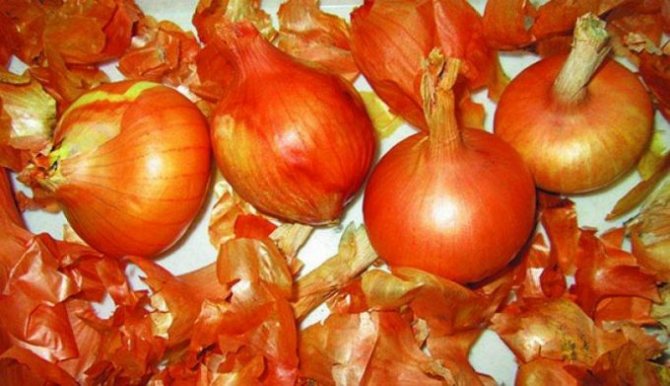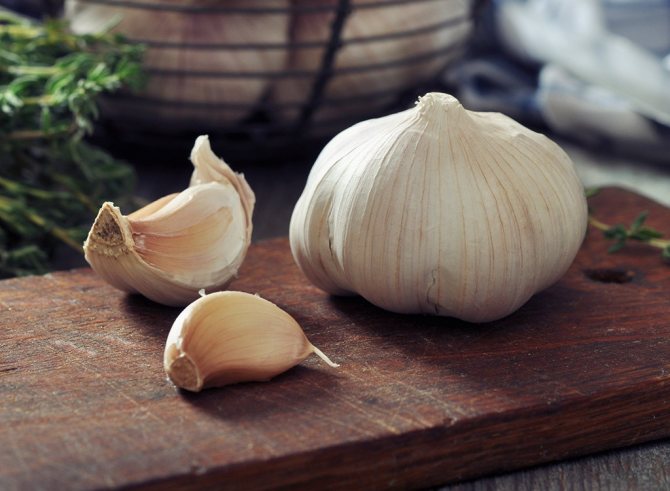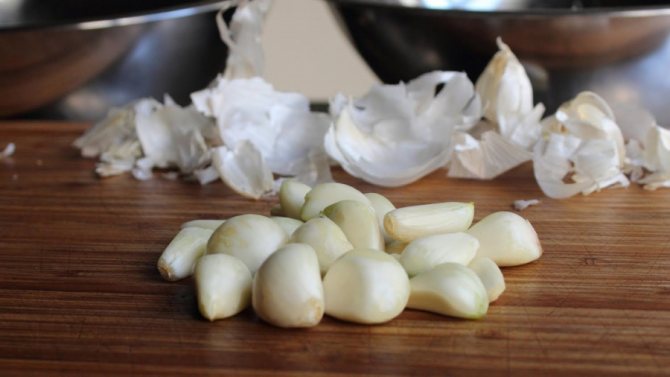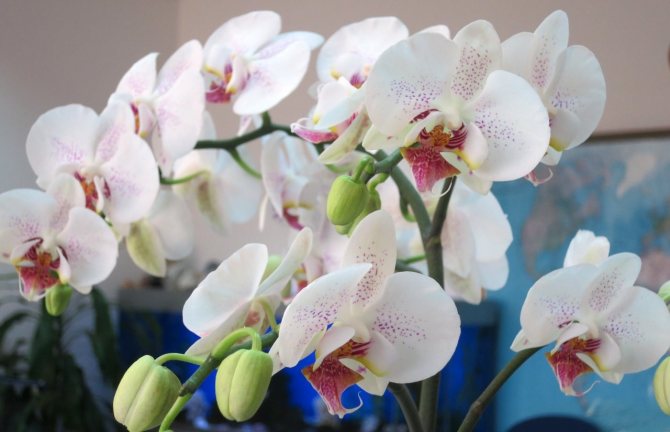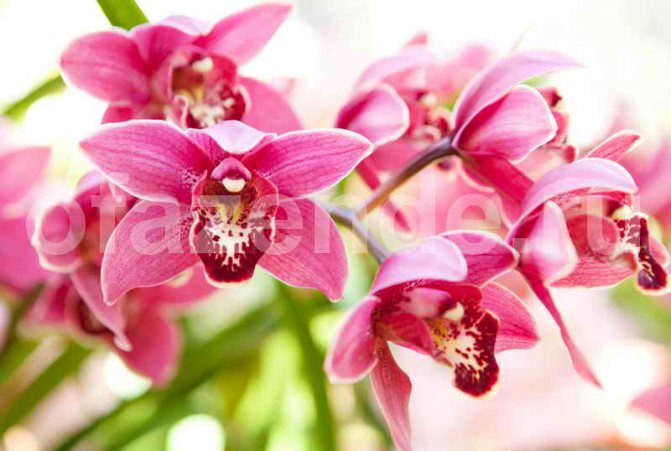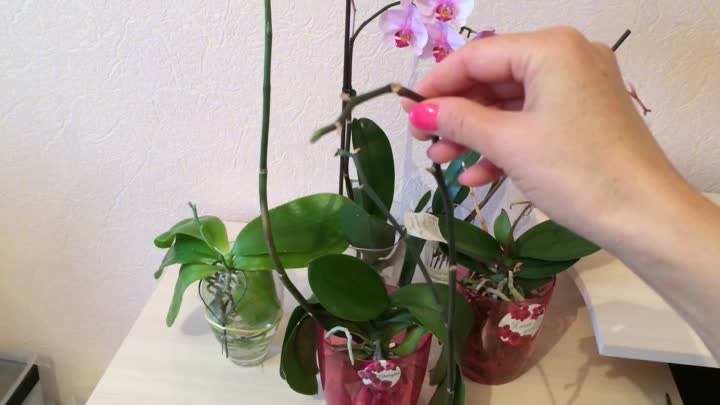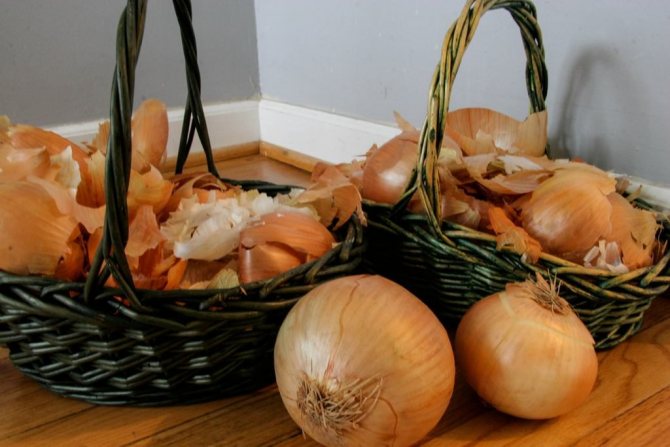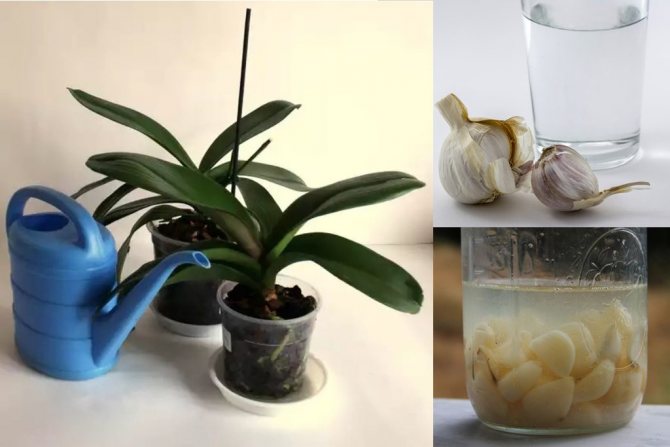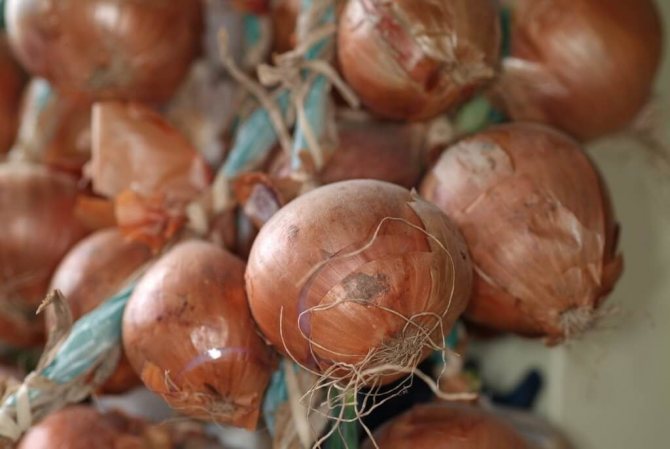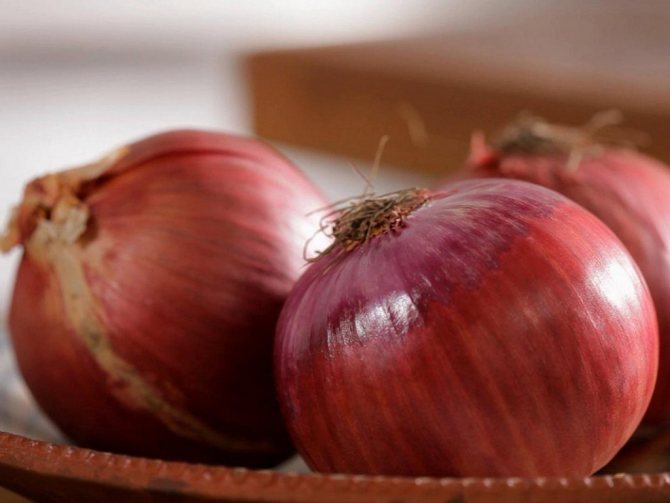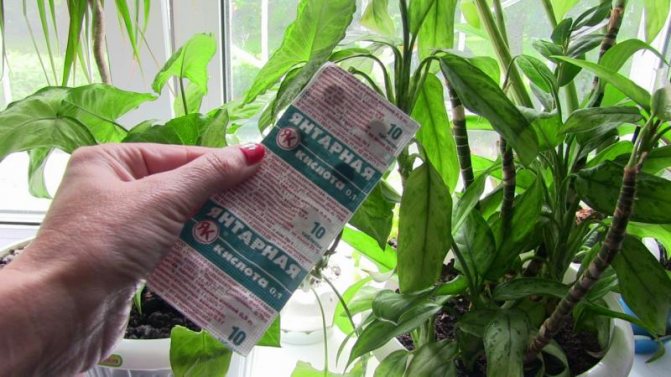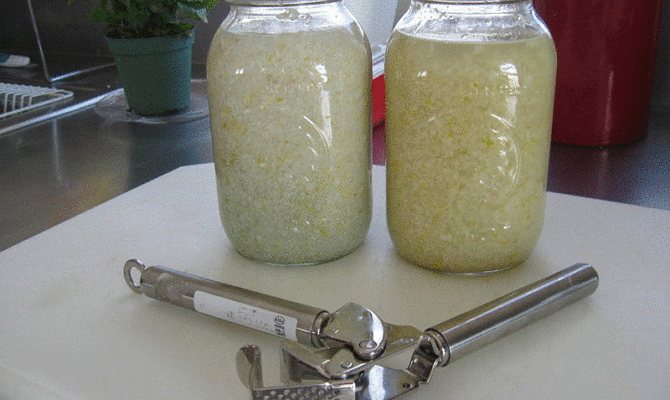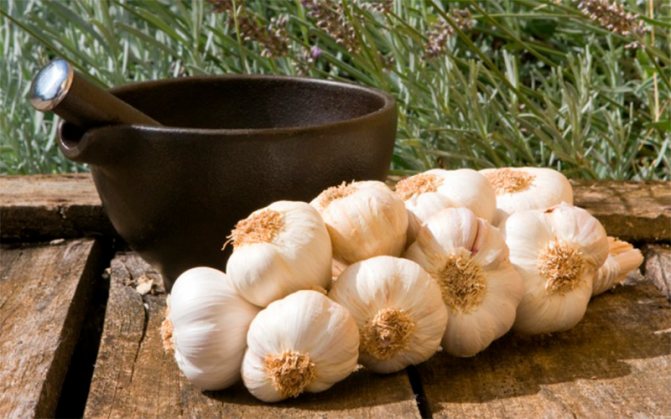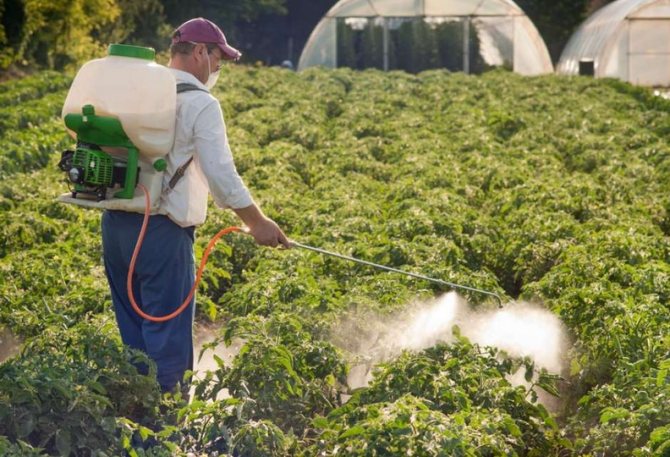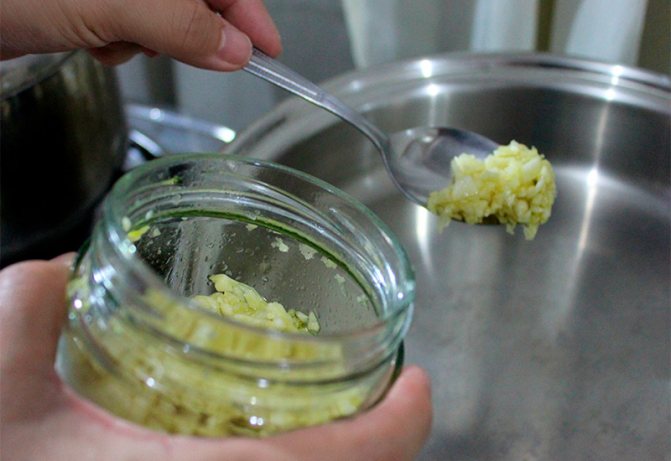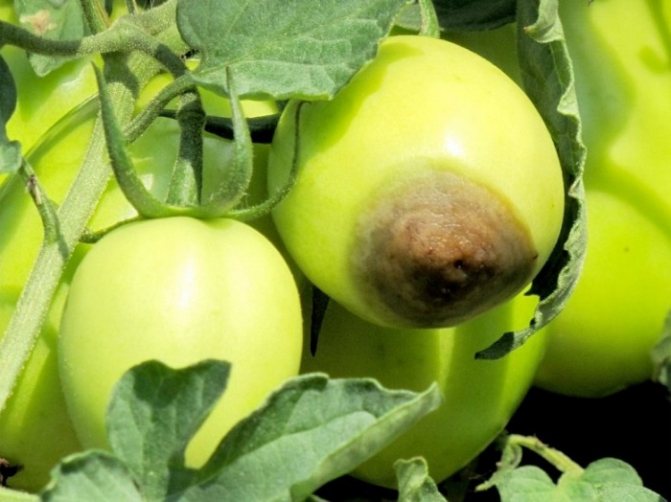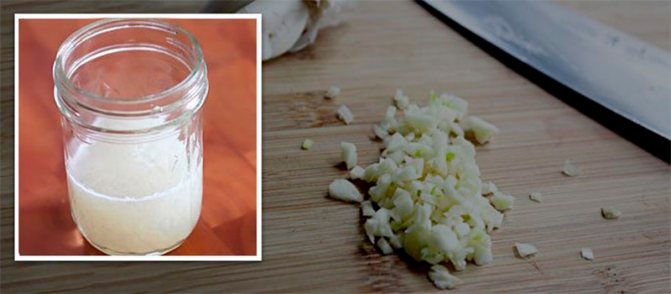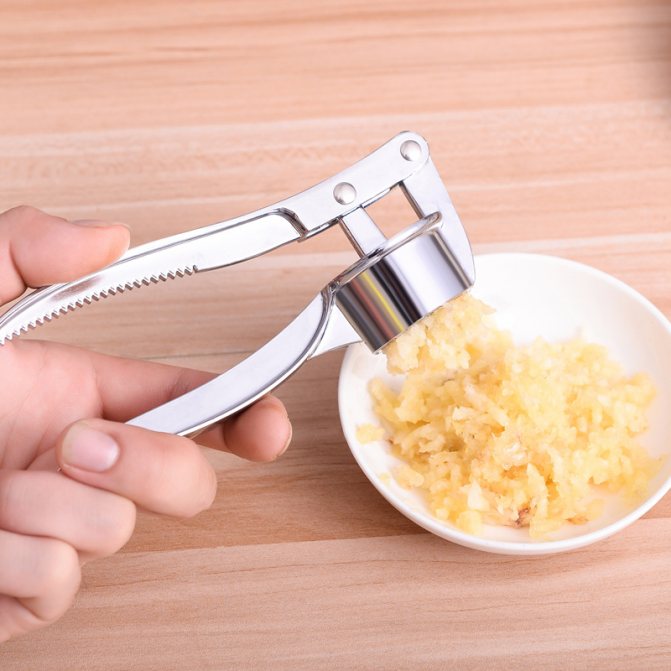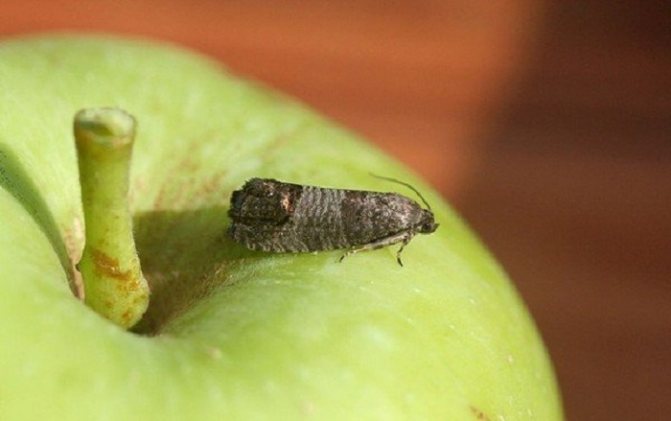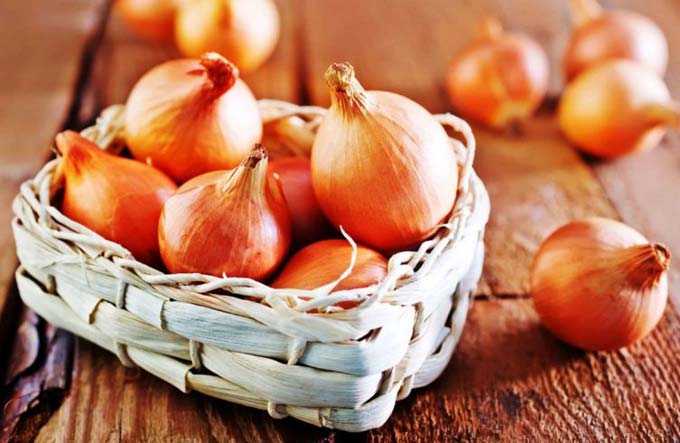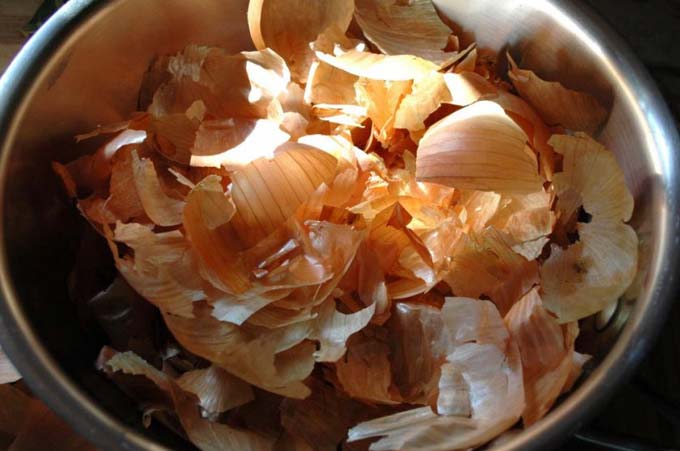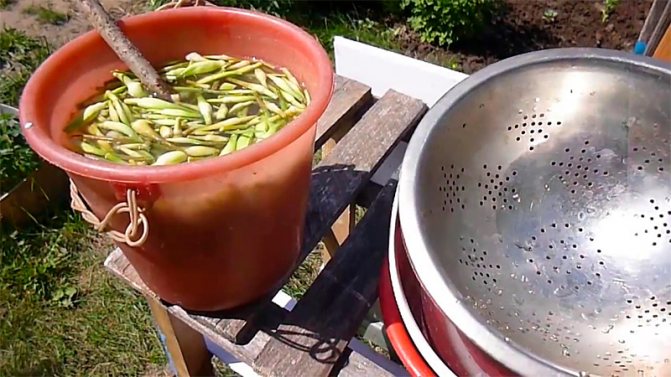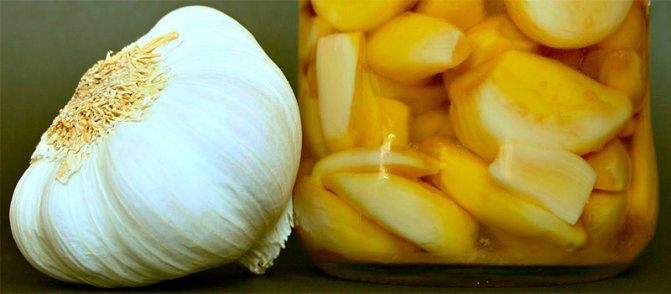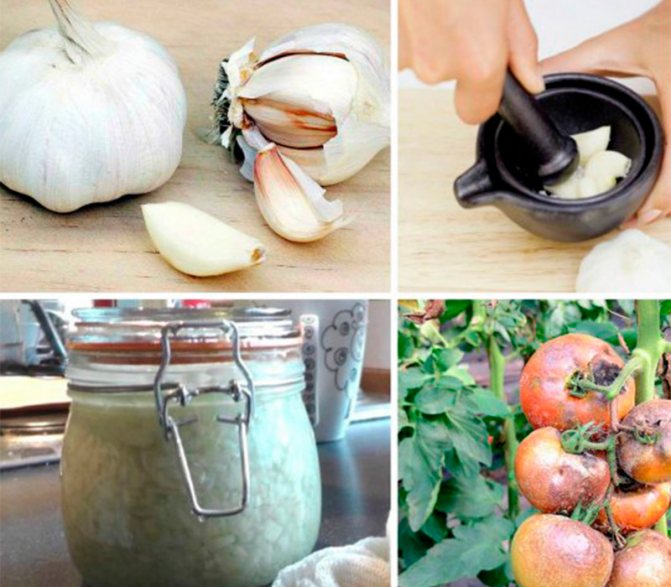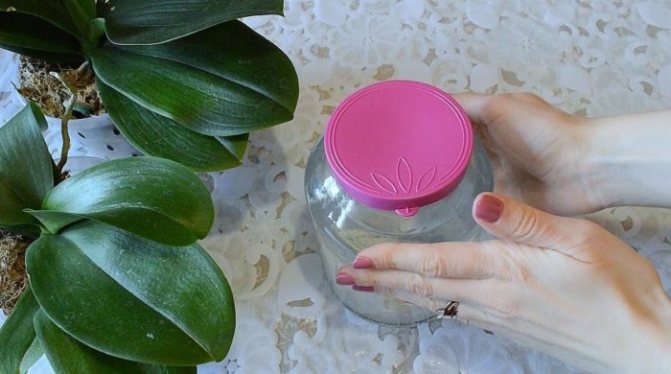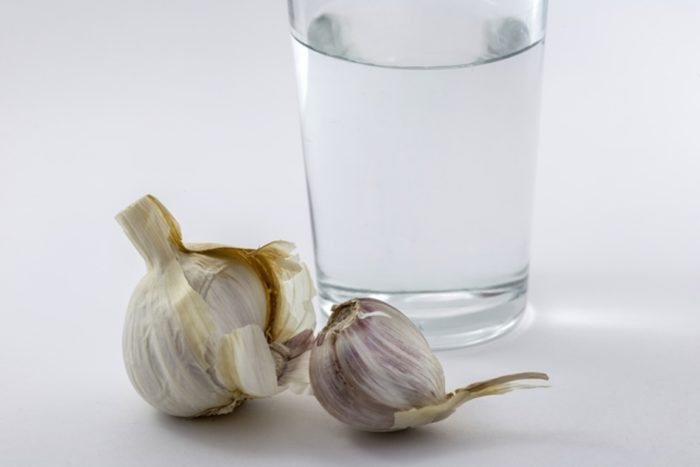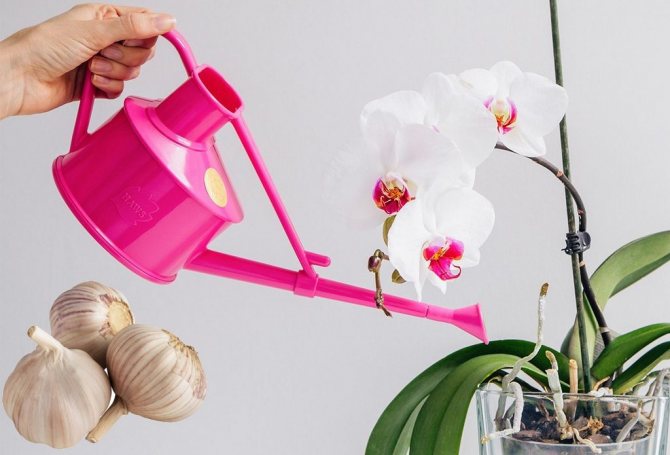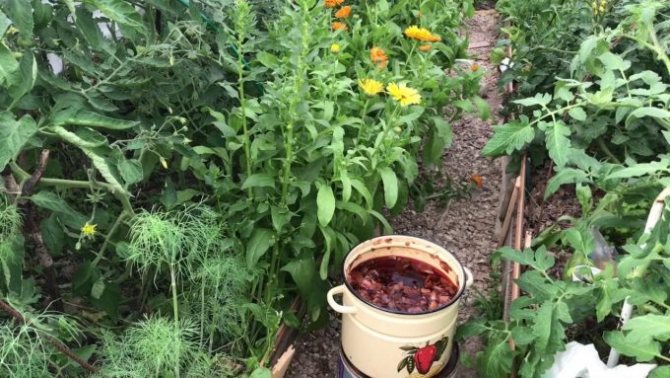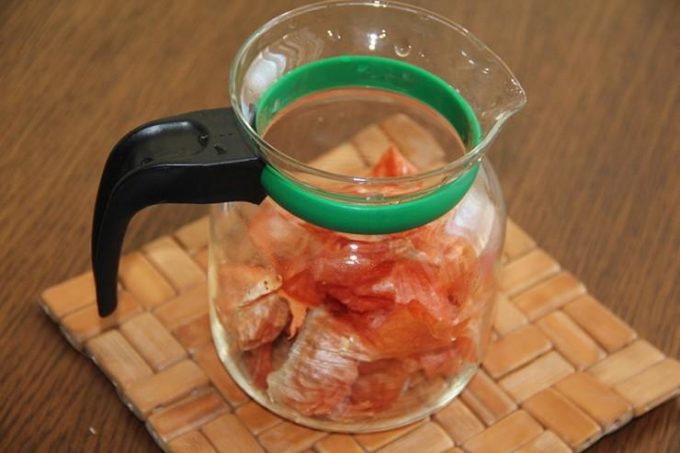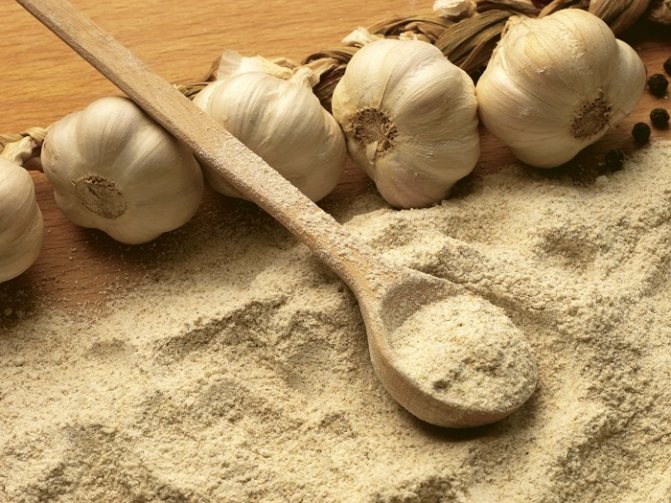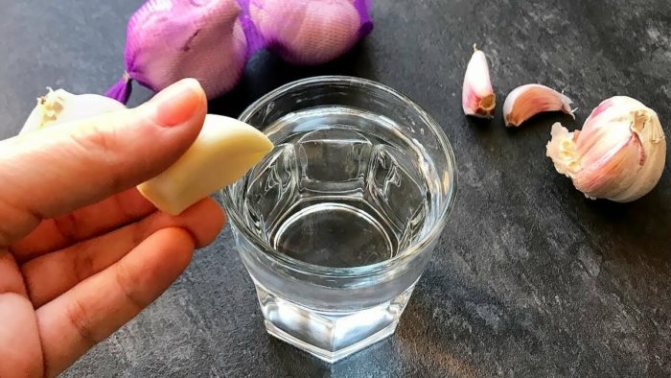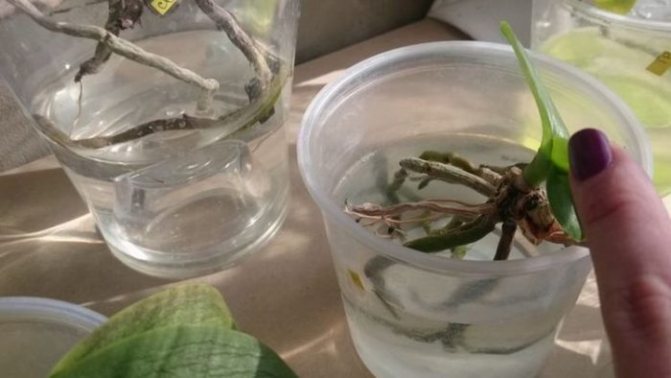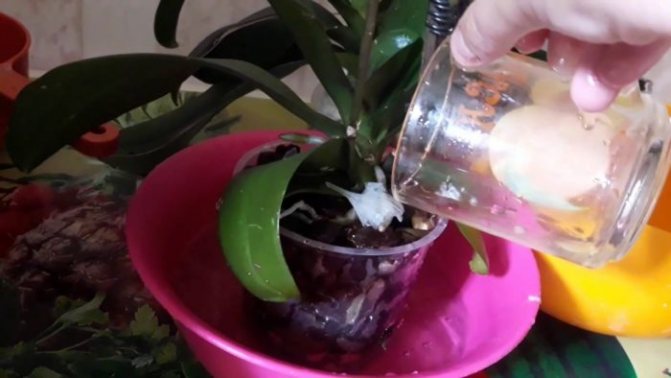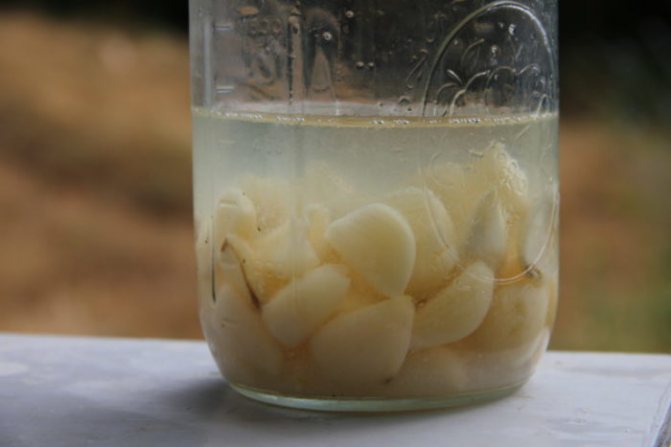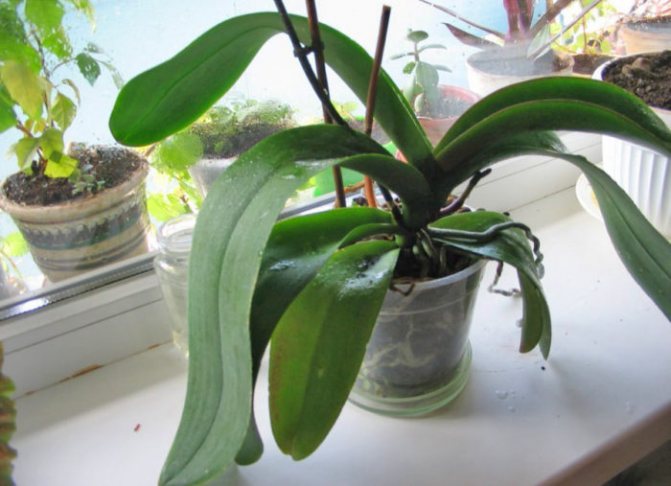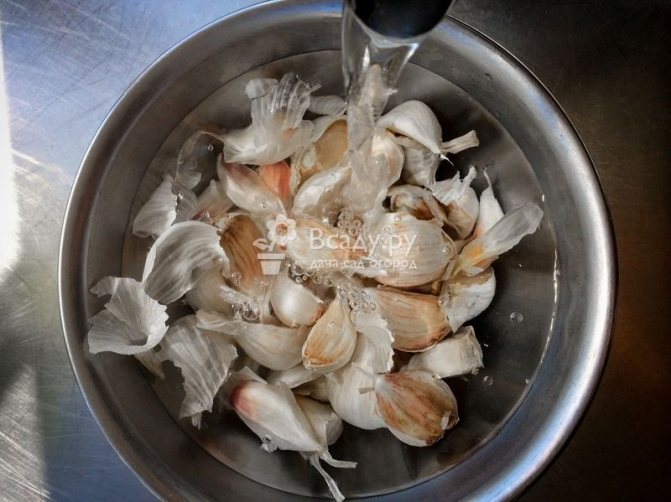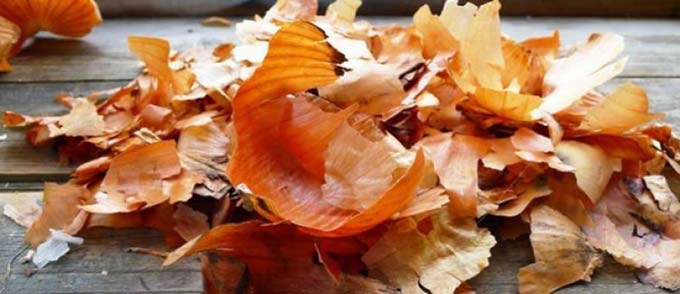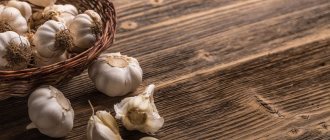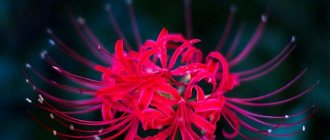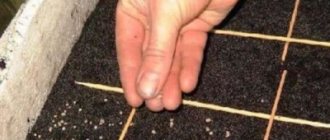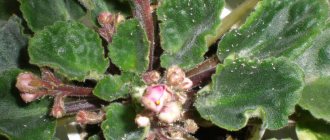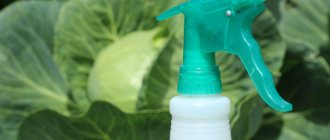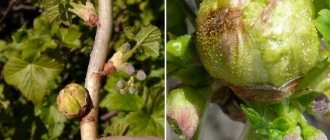Why is garlic dressing good for you?
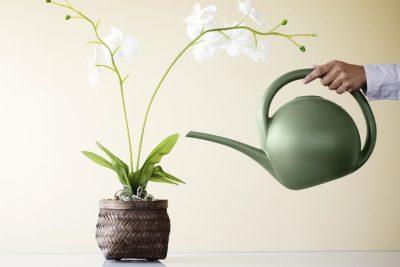
Garlic is a natural antiseptic, and this property can help not only humans, but also plants. The cloves contain a large amount of sulfur, antioxidants, mineral salts, organic acids. All these elements are in an easily digestible form, and the plant is able to quickly absorb useful substances, which is why such a gravy is considered useful. Watering the orchid with a garlic extract allows:
- Prevent the appearance of various fungal diseases.
- Get rid of viral and bacterial diseases.
- Destroy small pests.
- For orchids that have recently been transplanted, this will be a good immunity support and will help them to settle down better in the new soil.
- Conducts soil disinfection, destruction of infections and germs of pests.
The action of garlic on pathogenic microorganisms
Antimicrobial and antifungal action is due to the large amount of phytoncides that garlic secretes when cutting cloves. The arrows of this plant can also be used for the preparation of medicinal preparations, however, in terms of effectiveness, such remedies will be inferior to those prepared on the teeth.
The mechanism of action of garlic phytoncides on pathogenic microorganisms includes several processes. First, they destroy the cell wall. Then they penetrate into the cytoplasm and inhibit the enzymatic activity of the pathogen and its respiratory activity.
Not all phytopathogens are equally sensitive to garlic phytoncides. Pathogens of the following infectious diseases react most actively to garlic preparations:
- late blight;
- powdery mildew;
- fruit rot.
Garlic destroys not only the spores of microorganisms, but also the cells of the mycelium, suppressing the growth of fungi.
Important! Garlic infusions are not effective against downy mildew. Garlic itself often suffers from peronosporosis, therefore it is not able to protect other plants from it. For the same reason, the reports of the effectiveness of garlic remedies against Fusarium are questionable.


Garlic phytoncides are harmful not only for pathogenic flora. They kill the hay stick useful for soil and plants in 3 minutes. Therefore, after using garlic preparations, it is necessary to repopulate the area with this microorganism by performing the treatment with "Fitosporin-M".
Contraindications to treatment
Despite the large number of positive properties, it must be borne in mind that garlic treatment is not always useful... Sometimes it can be detrimental to a delicate plant like an orchid. Therefore, the following points are required to read.
- It is not recommended to spray garlic water during the flowering period. This can destroy the buds.
- Also, you should not process the roots during this period using immersion.
- You cannot use this method more than 2-3 times a month.
- It is impossible to carry out a course of recovery without alternation with the usual watering by immersion.
- It is not necessary to use a solution showing obvious signs of fermentation. This happens if it was in a warm place, or was stored for a long time.
- Do not use a concentrated solution.
To increase yields
Garlic, as a neighbor in the garden, is desirable for many plants.It protects them from pests, scares away animals and insects, and increases the immunity of plants.
Garlic is loved by such plants as:
- Potatoes. If you plant garlic around potato beds, then the Colorado potato beetle and late blight will bypass the nightshade side.
- Garden strawberries. It gives rich yields and healthy berries, since it is almost not disturbed by pests.
- Carrot. She gains resistance to leaf beetles and carrot flies.
- Raspberries, gooseberries, currants. Thanks to the essential oils of garlic, ants and aphids will bypass them.
- Salads and herbs adore the garlic neighborhood and yield high yields. Mint, arugula, spinach, parsley, and dill get along well side by side. They can be planted interspersed with garlic heads.
- Eggplants, tomatoes and peppers also thrive alongside garlic.
What does the mixture consist of?
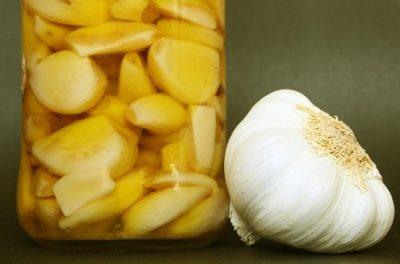

The concentrate is made from garlic cloves and water. Water must be settled or filtered. You can use distilled.
Some housewives add succinic acid tablets to the mixture... It enhances the beneficial properties of garlic, makes flowering more lush, and helps rehabilitate plants after cold weather.
The resulting liquid is insisted, filtered and used for scheduled irrigation. With the same composition, some growers spray the aerial part of the plants.
What plants cannot be watered with onion peels?
Despite the fact that onion peel contains a large amount of trace elements necessary for plants, and is also a natural fungicide and insecticide, it cannot be used for all indoor flowers.
You can not water these plants with a decoction of husks:
Fertilizing these flowers with onion peel not only does not give a positive result, but also harms their growth and full development.
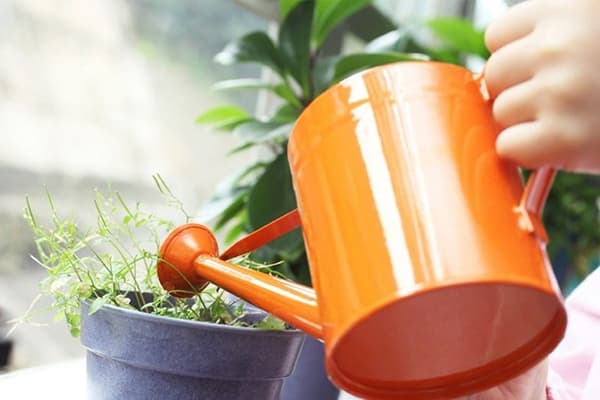

Recipe
To make a garlic infusion, you need to follow the algorithm:
- Prepare garlic, water, kitchen scale, garlic press, dishes with a lid for solution (jar), saucer.
- Peel the garlic. It will take 170 g. We use a knife and a kitchen scale.
- Grind the prepared cloves with a garlic press, place this mass in a saucer for convenience.
- Pour 1 liter of filtered water into a 1.5-2l jar, add garlic, close with a tight lid. The lid must adhere well to the neck of the jar, otherwise it will be difficult to get rid of the garlic smell in the refrigerator later. The water should be lukewarm, 30-37 ° C.
- Place the jar in a dark place (a cabinet under the sink or on the balcony will do) for 5 days.
- After 5 days, the solution is ready and can be used. Further storage takes place in the refrigerator.
Another recipe for making water to water:
- Peel one head of garlic.
- Pour 1 liter of boiling water.
- Insist for 20 minutes.
- Apply diluted. Proportion: 1 liter of water for 3 tablespoons of infusion.
How to fertilize indoor flowers at home
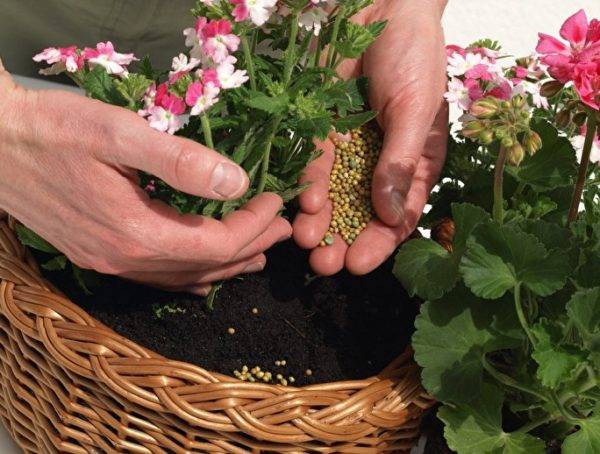

Consider how to fertilize indoor flowers at home to improve their growth.
Thick coffee beans as fertilizer
Have you had coffee? Do not throw away the thick, it is a good fertilizer for plants. It is believed that the substance loosens the soil, makes it airy, thereby providing the required amount of oxygen to the roots of flowers.
You can fertilize thick rhododendrons, azaleas, roses, gladioli, violets and agave. Fertilizer will be useful for gladioli. For the same purpose, tea leaves are used, but watch the dosage.
Moreover, small midges start up in tea leaves. For most plants, they are destructive.
Sugar as a fertilizer for flowers
Fertilizing indoor plants with sugar can speed up their development. The substance contains glucose. In turn, it serves as a material for the construction of plant cells.
Glucose can only be absorbed when exposed to carbon dioxide.When using sugar as a fertilizer for indoor plants, use the Baikal EM-1 device.
To create a nutrient solution, an ordinary spoonful of sugar is dissolved in 500 grams of water. It is efficient to buy ready-made glucose from the pharmacy, it works better. A complete tablet of the substance is dissolved in a liter of water.
Fertilizing indoor plants with ash
Ash - a natural remedy for improving the quality of the land, providing additional micronutrients for plants. The substance contains potassium, magnesium, zinc, sulfur and other elements.
Fertilizer is added in the spring, when green pets wake up and actively grow, at the time of transplantation. Only liquid additive is supplied to the soil. To prepare the composition, dilute a tablespoon of ash in a liter of water.
Citrus for plant fertilization
Skins with tangerine, orange, grapefruit, pour boiling water in a liter jar and leave for 24 hours. Then strain the infusion, remove the husk, and add settled water to the jar. This mixture is convenient for watering flowers to replenish the nutrients in the ground.
When transplanting plants, crushed banana peels are used. The plant develops, the peel rots, and the root system gradually receives nutrients due to the rotting of the peel.
Onion peel as fertilizer
A decoction is prepared from the onion husk. For him, take 2 liters of water 50 grams of onion skins. Boil for 10 minutes and leave alone for 180 minutes. The mixture is filtered, and the liquid is poured into a spray bottle and the plants and the ground at the roots are treated. Remember that a new decoction is made each time. You cannot store bulbous water.
Yeast fertilizer
For fertilization of indoor plants are used yeast... They contain many useful substances, the tool allows you to change the structure of the soil. Houseplants receive all the necessary elements for development from fertilization.
The remedy is being prepared at home, no complicated equipment is needed. For cooking, take a spoonful of sugar, 10 grams of wet yeast and a liter of water at room temperature.
Everything is stirred and filtered after 120 minutes. Dilute the mixture with plain water at the rate of 1 part solution and 5 parts water. The resulting fertilizer is sprayed on indoor plants near the root system.
Eggshell as fertilizer
Another option for home fertilization. Remember that the substance disturbs the acidity in the composition of the earth, but enriches it with calcium. Eggshells can be beneficial for the development of indoor plants, but watch the dosage.
An excess of fertilizer increases the likelihood of chlorosis in plants. Using eggshells is convenient for organizing drainage.
At the bottom of the container, when transplanting plants, a layer of eggshell is laid about 2 centimeters thick. Such drainage performs its function and at the same time fertilizes the plants.
Eggshell fertilizer is prepared in two ways: a watering solution or an additive to the soil. When preparing the soil for planting plants, you can add a certain amount of eggshells.
Cooking the infusion takes longer than pouring the product into the ground. The eggshells are dried, crushed and poured with water at the rate of 0.5 liters of water per 100 grams of the shell.
Next, the container is removed to the side for 20 days and stirred every 5 days. After this period, the liquid is filtered and the composition is watered with indoor plants once every 1.5 months.
Water from a fish tank as fertilizer
Changing the water in your fish tank? Don't rush to pour it down the toilet. Organic matter that remains after the life of the fish is useful for plant growth.
You can water indoor flowers with aquarium water no more than once a month and a half. Otherwise, the risk of soil acidification and the appearance of a green bloom on it increases.
Garlic infusion as fertilizer
It is considered a fertilizer and antibacterial agent. To prepare the composition, take 200 grams of garlic, pour it with plain water (liter) and put it in a closed jar for 5 days in a dark place.
Next, the mixture is filtered and the plant is watered with a solution, dosage: 1 tablespoon of tincture per two liters of water. Garlic water feeds indoor flowers, reduces the risk of bacterial diseases.
How is watering done?
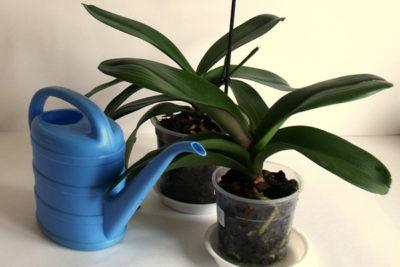

Processing is carried out by root and non-root methods. You can do top dressing by immersing the flowerpot, or apply spraying on leaves, flowers, and stems.
To make a gravy of the product, you need to make the solution less concentrated.... A good ratio of 1:10, but this is not required.
To make top dressing by immersion, you need to collect water in a bucket and pour all the prepared concentrate into it. Then simply submerge the orchid, as with regular watering or rinsing the roots. When grown in a double-walled pot, this method is very convenient.
Immersion is carried out until the moment when water fills 2/3 of the volume of the pot. In a solution with garlic water, the flowerpot should be from 40 to 180 minutes... So all the nutrients can be absorbed into every particle of soil and into every root. After the procedure, it is necessary to put the flowerpot in a basin or sink so that it can independently get rid of excess moisture (it drains within 30 minutes). At the end of the session, you can put the plant on the windowsill, or another place.
To make foliar dressing, the concentrate is added to a spray bottle and the entire plant is sprayed, or just the damaged areas.
Terms of use
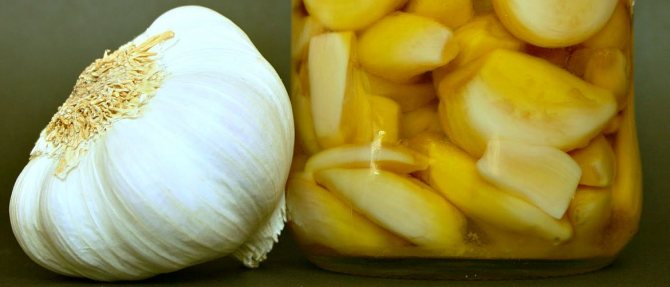

The concentrate can be kept in the refrigerator all summer long. Photo: happiness- You need to use garlic infusion according to the rules, only in this case you will get the desired effect. Here are 7 important points:
- The water composition is not stored for a long time, the processing of plants is carried out within 2-3 hours after preparation. Maximum storage 1 day.
- For spraying with a spray bottle, careful filtration is required.
- The distribution of the composition is carried out on dry foliage - this ensures good adhesion of the soap solution.
- Planting processing takes place in the morning / evening, or on a cloudy day.
- For the destruction of leaf-gnawing, it is necessary to carry out three processing, with an interval of 3-10 days. For aphids, bedbugs, the procedure is carried out 3 days in a row, after a week's pause, another spraying is done.
- For 100 m2, 5-6 liters of broth are consumed, for a currant bush - 1.5 liters, for raspberries - 200-300 ml, for a young tree - 2 liters, for an adult - 7-10 liters.
Activities will be beneficial in the early stages. With a large population covering the entire garden, garlic is powerless.
How to make and use the composition for spraying - in the video:
How often should the procedure be repeated?
Usually watering with garlic is recommended as the plant dries up... If you decide to arrange garlic therapy, then you should alternate watering with plain water and garlic water with an interval of 1 time. So, garlic watering will be carried out several times a month. Often it cannot be used so as not to burn the roots. It is not recommended to immerse in garlic infusion during the flowering period.
True, you should not use this method more often than several times a month, as well as during the dormant period of the plant or when it blooms.
In order for an orchid to feel good and delight people with its beautiful flowers, you need to provide it with proper care. Light, thermal, water modes are important. It is necessary to monitor neighboring plants, because often diseases can be transmitted in the neighborhood. And to prevent diseases that have already appeared at an early stage. But if, nevertheless, pests have started, or the flowerpot has withered, before running for expensive fungicides, you should try processing with a garlic extract, and the result may well surprise with its effectiveness.
If you find an error, please select a piece of text and press Ctrl + Enter.
It's no secret that garlic contains many beneficial trace elements, vitamins and organic acids. In addition, garlic has antiseptic, antimicrobial, and antifungal properties. It is these qualities that will be useful for preparing additional plant nutrition.
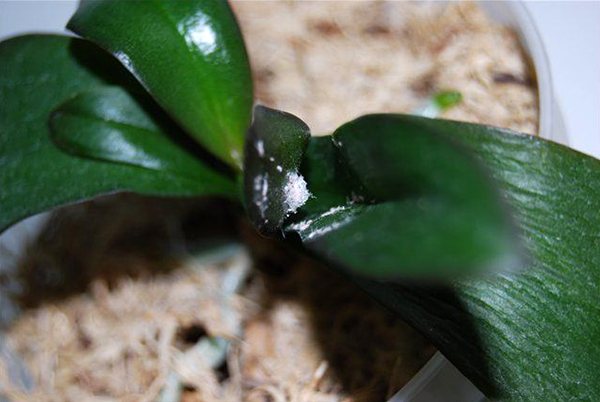

Nourishing your orchids with garlic water will provide the following results:
- garlic as an antiseptic helps fight various pests of indoor plants;
- stimulates the orchid to actively develop the root system, increase foliage, growth and development of buds;
- creates a preventive effect against infections and root decay;
- supports immunity, and during transplantation helps to quickly adapt to a new place;
- promotes the disinfection of the soil by the embryos of pests.
Garlic as a deterrent in mixed plantings
Another way with the help of garlic to protect plants from pests is mixed planting. This term denotes a way of organizing a garden in which plants are planted not according to the principle of "one crop - one bed", but mixed.
What plants can you plant garlic with (click to open)
Garlic is a universal culture. It can be planted next to almost any garden plant - beets, radishes, potatoes, strawberries, cucumbers, tomatoes, peppers, eggplants. Even on flower beds, garlic looks quite decorative, while protecting flowers from pests.
Also a very popular joint planting of garlic and carrots:
“Planting garlic and carrots together is an effective remedy against carrot flies. This insect is attracted to chlorogenic acid, which is secreted by carrot leaves. Moreover, the juicier and sweeter the variety, the more chlorogenic acid is released by the carrot tops. Garlic interrupts this aroma, both above the ground and in the area of the root crop, where the carrot fly lays its eggs.
ON THE. Serebryannikova, expert on natural agriculture
The only unwanted neighbors for garlic are legumes. Also, according to some reports, this culture negatively affects the taste of cabbage.
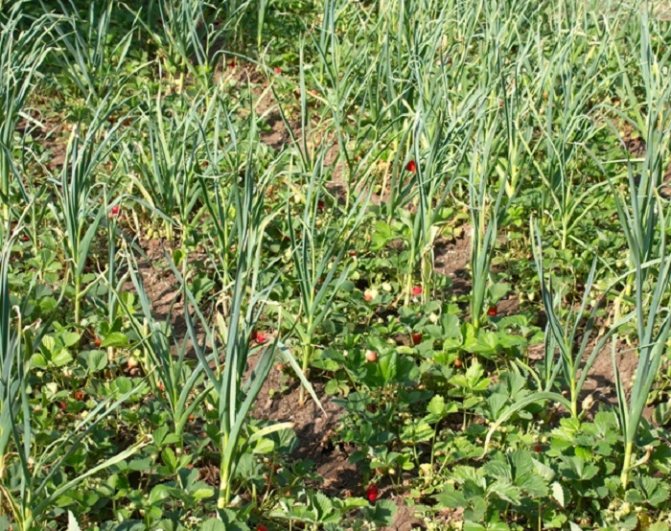

Garlic protects garden strawberries well from weevils, ticks, leaf beetles and nematodes.
When can I apply
Note that this method can be used at any time of the year, but some circumstances should be taken into account:
- watered with garlic infusion once every two weeks;
- be sure to alternate this method with ordinary watering;
- keep an eye on the freshness of the garlic solution by replacing it with a new one in time;
- strictly follow the recipe, an overdose threatens death for a capricious orchid.
Things to avoid while processing:
- this method cannot be used during flowering and during dormancy;
- garlic water cannot be used to spray flowers, otherwise the buds and petals may die;
- do not use this method to immerse the roots during flowering;
- you cannot use the tincture more than twice.
If all the recommended conditions are met correctly, the orchid will release a new peduncle in two weeks.
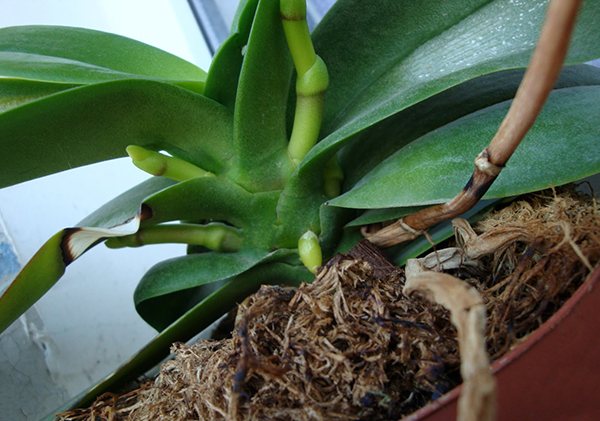

Garlic against spider mites and kidney mites
The great advantage of garlic infusions is that they are effective not only against insects, but also against mites. Not every chemical has this dual effect.
- Garlic infusion with dandelion is used to protect against spider mites. Spraying is carried out abundantly, with wetting of the entire ground part of the plants. Since spider mites reproduce most actively in hot, dry weather, in the heat, spraying can be performed more often than usual - once every 3 days.
- For protection against currant kidney mites, a universal concentrate is suitable. In early spring, it is diluted in hot water at the rate of 250 ml per 10 liters of water and poured over currant bushes until the buds awaken.
From a kidney mite in late spring, during the budding period of currants, you can additionally spray the bushes with infusion of garlic with dandelion.
How to do it yourself
In flower shops today you can buy any fertilizer for the orchid. We offer an effective and simple feeding recipe that the hostess can easily make on her own at home. The resulting fertilizer is no worse than the purchased one, and the savings are obvious. Therefore, before purchasing expensive fungicides, we suggest using several recipes.
To make garlic water you will need:
- 170 g garlic;
- 1 liter of filtered or distilled water;
- 2 liter jar with lid.
- Peel the garlic and pass the cloves through the garlic to chop.
- Pour 1 liter of warm (30–40 ° C) water into a jar.
- Place the garlic gruel in a pre-prepared jar and close the lid tightly.
- Place the prepared solution in a cool dark place for infusion.
- After 24 hours, the fertilizer is ready for use. Use as needed and store the remaining liquid in the refrigerator.
Infusion of onion peels against pests
Thrips, aphids, ticks and other pests often appear on indoor vegetation.
Thrips cannot be seen with the naked eye; only black dots or stripes are visible on the foliage. Pests secrete a characteristic sticky liquid, due to which a sooty fungus develops over time.
Spider mites braid flowers with a barely noticeable cobweb.
For the destruction of pests, an infusion is used, which is prepared within 3 days from a liter jar of husk and 2 liters of water. After preparation, the liquid is decanted, liquid soap is added and diluted with water 2 times.
First, the leaves of the plants are wiped with the resulting composition, and then spraying is carried out in such a way that the substance must fall on the inside of the foliage.
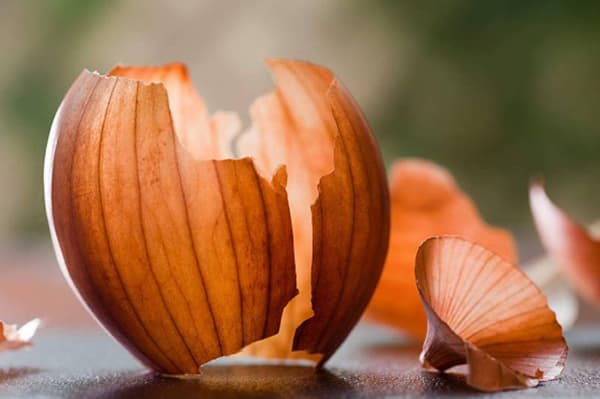

Watering rules
Processing by this method can be carried out in two ways:
- root (an orchid in a pot is immersed in a container with garlic infusion);
- non-root (the leaves and stems of the plant are sprayed with a solution).
When root impregnation, you need to collect water in a bucket and pour all the concentrate there (see recipe # 2), then place the orchid in a double-walled pot there. The water in the bucket should cover 2/3 of the pot. The flower can be in solution from 40 minutes to 3 hours. After this time, the flowerpot is removed and placed in a basin so that excess liquid is glass. After half an hour, the orchid is returned to its usual place.
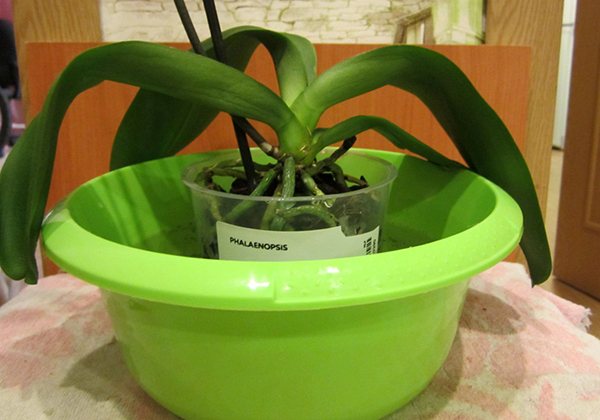

If foliar feeding is needed, garlic water (see recipe # 1) is placed in a spray bottle and the leaves and stems are treated with it. Leftover unused garlic solution can be poured over other household crops.
Use our advice, but remember: in order for a spoiled orchid to please with new delicate and fragrant petals, in addition to feeding, it needs a competent light and thermal regime.
Garlic is widely known for being a natural remedy for strengthening the immune system and fighting infectious diseases. This effect is achieved due to its antiseptic properties. Florists have found use of these properties in the care of orchids.
What is the value of onion husks
Onion hulls (hulls) are rich in vitamins and minerals that support growing fruits and vegetables, especially when grown without proper crop rotation. Natural fertilizer is used for planting tomatoes, potatoes, peppers, cucumbers. This is especially important during the transplanting period, before flowering, during fruit formation.
It is also responsive to feeding strawberries and strawberries. The condition of garden seedlings, flower plants growing on the street and at home is improving.
The substance of onions has protective qualities against common vegetation diseases: black leg, late blight, leaf wilting. Plants treated with medicinal decoction restore the healthy structure of leaves and stems.
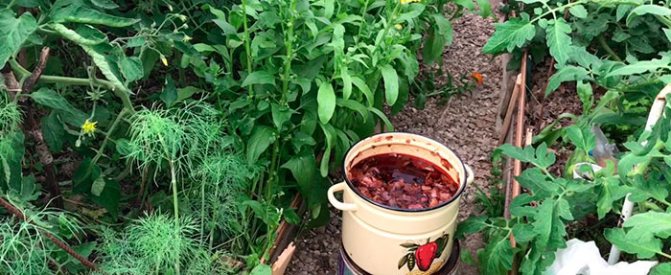

Volatile compounds, which give a specific smell to onions and their husks, scare off garden pests. At the same time, insects are not destroyed, but deceived by unusual amber, they do not lay eggs on plants, from which gluttonous larvae later emerge. Protective treatment against pests is carried out every week, in a sunny, calm time. To improve the effect, a soap solution is added to the broth or infusion, which serves as an adhesive.
If you put onion husks into the hole when planting a plant, the root system of a vegetable or garden culture is enriched with a complex of vitamins C, E, PP, B. At the same time, the plant grows stronger and more resilient against adverse weather anomalies.
Why is garlic water good for you?
To fertilize orchids, an infusion of garlic is used - garlic water. Watering with such a solution will help solve a number of problems:
- slow plant growth;
- withering;
- infection with diseases and pests;
- lack of flowering;
- decay of the plant.
Depending on the situation and the desired effect, the infusion is prepared according to a specific recipe. In some situations it should be more intense, in some it should be weaker. Excessive concentration of phytoncides on a healthy plant will have a rather negative effect, therefore, it is necessary to act strictly according to the recipe.
Infusion as top dressing
A weakly concentrated solution is used for feeding. However, for ease of use, it is better to prepare the garlic concentrate for future use and dilute it with water in portions as needed.
After applying such a top dressing, you should expect the following results:
- improving the appearance of the plant;
- increased resistance to pests and diseases;
- abundant and long flowering.
Such a top dressing is introduced instead of one of the waterings.
As a natural growth stimulant
Treating an orchid with garlic water as a growth stimulant will lead to such consequences as:
- acceleration of the growth of the green part of the plant;
- activation of the process of peduncle formation;
- more intensive growth and development of the root system.
Especially popular is the use of infusion to improve the survival rate of plants that have recently undergone transplantation. In addition, the use of such fertilizer provokes flowering. Therefore, this option is also suitable for solving such a common problem among flower growers as the absence or weak, short flowering.
For pest and disease control
Orchids traditionally attack such pests and diseases as:
Biochemical composition of garlic
The more ripe the garlic is, the more valuable elements it contains. Biochemical analyzes reveal the presence of seventeen mineral elements in garlic cloves: potassium, phosphorus, sulfur, iodine (see → application as top dressing), copper, manganese, etc.
In addition, the following components important for the grower are present in garlic:
- Phytoncides. This term refers to substances that can destroy microorganisms. Garlic phytoncides have exceptional activity. Laboratory experiments prove that they kill Koch's bacillus 6 times faster than the popular antiseptic carbolic acid (in 5 minutes versus 30).
- Diallyl disulfide. This substance is an organosulfur compound that gives garlic its specific smell.
In general, there are more than a hundred different sulfur-containing substances in garlic cloves. All summer residents who at least once used colloidal sulfur on their plots have an idea of the benefits of sulfur in the fight against plant diseases and pests. Thus, garlic can be considered a natural substitute for this chemical.
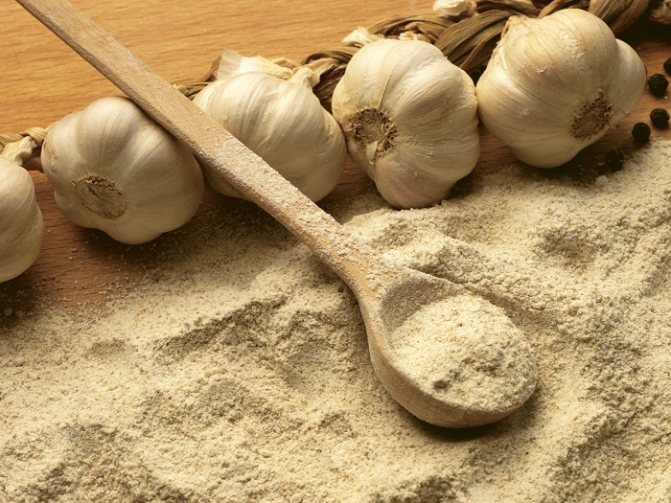

Garlic is not a simple substitute for colloidal sulfur, but an improved one. It contains essential oils and phytoncides that are not present in the chemical.
How to cook: recipe and technology
To prepare garlic water for further use as a growth and flowering stimulant, it is necessary to chop two medium cloves of garlic and mix with 0.5 liters of warm water. The resulting mixture is left to infuse for a day in a cool place.
A succinic acid tablet can be used as an additional ingredient. It will make the drug more effective. To do this, pour hot water into a tablet of succinic acid in a separate container. After the infusion time has elapsed, both liquids are mixed, passed through a filter and diluted with water until a volume of 1 liter is obtained.
If the main goal is to prepare a concentrate for further fertilization and fight against pests and diseases, it should be prepared according to the following recipe:
- Chop 1 medium-sized garlic clove.
- 1 liter of water is heated to a temperature slightly above room temperature (40 ° C).
- Garlic porridge is mixed with water.
- The mixture is infused for 20 minutes.
- The resulting infusion is filtered and sent to storage.
The proportion of dilution of the solution
The solution prepared according to the first recipe is used in pure form, without additional dilution. However, this infusion can be used singly - in those exceptional cases when the plant has undergone a transplant or does not bloom for too long.
When there is a desire to test the unusual feeding prepared according to the second recipe in action, you must first decide on the method of its introduction. This can be root and foliar feeding. In order to carry out root feeding, add 3 tablespoons of the concentrate to 1 liter of clean warm water.
Foliar dressing is spraying. For spraying, prepare a more saturated solution of garlic concentrate. To do this, it is diluted in a ratio of 1:10.
How to apply correctly?
Fertilizer, obtained according to the recipe with the addition of succinic acid, is applied according to the principle of regular watering of an orchid. For this, the infusion is poured into a wide vessel. The plant, which is usually grown in a pot with holes, is placed in a container with feeding. It is lowered to such a level that liquid can flow into the holes of the pot, and leave for a while.
In exactly this way, root dressing is carried out for ordinary fertilization or pest control.
If the choice was made in favor of foliar feeding, or pests and diseases are located on the aerial part of the plant, spraying is applied. To do this, the solution obtained according to the recipe is poured into a spray bottle and the plant is irrigated.
In general, there are several rules for feeding orchids with garlic water:
- Top dressing can only be applied by spraying or by the principle of communicating vessels.
- Before using the fertilizer, be sure to dilute it in accordance with the proportions.
- It is always worth paying attention to the advisability of feeding.
- It is better not to process flowering plants with garlic water.
How often to water orchids?
The decision on how often to water your orchid with garlic water should be made based on a number of factors:
- type of plant;
- state;
- purpose of use;
- selected fertilizer recipe.
In general, the frequency of watering depends on the particular orchid species. Recommendations for the care of a particular variety can be found on the Internet in the public domain, or in books on floriculture.
If the tincture is used to improve survival, stimulate growth and enhance flowering, you should not get carried away with watering. Such dressings are applied singly, as needed.
Possible mistakes
The most common mistakes are associated with the desire of florists to speed up the solution of the problem.However, sadly, these attempts often lead to the opposite result, and the plant needs additional rehabilitation.
The most common mistakes include:
- adding a concentrate instead of a diluted solution;
- top dressing by direct irrigation;
- too frequent fertilization;
- improper storage of the concentrate;
- violation of proportions in the manufacture of concentrate.
Compliance with the recommendations attached to the recipes is the key to successful feeding.
Useful videos
Watch the video on how to pour garlic water on orchids: Step-by-step video on preparing garlic water: The following video talks about using garlic water paired with succinic acid: The video below is about using garlic water in a closed system:
Quote Post Curious
Useful infusions for indoor flowers
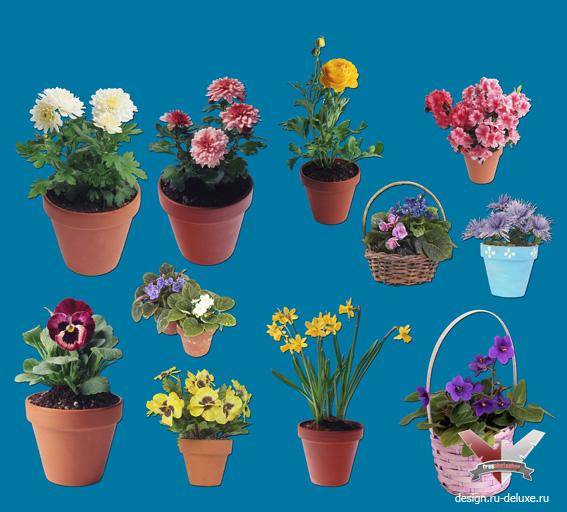

Probably in every house there are indoor flowers. And it just so happens that they also get sick, and they also have their own pests. Here is such a small selection of recipes I have made for you how to cope with an unexpected misfortune. For the preparation of broths, dried and maximally crushed raw materials are placed in an enamel bowl, poured with water, covered with a lid and boiled over low heat.
After cooling, the broth is filtered, diluted to working concentration and soap is added. Undiluted preparation can be stored in a tightly closed container in a cool, dark place. To prepare infusions, the crushed raw materials are placed in enamel or ceramic dishes, poured with warm water, covered with a lid and insisted for the time indicated in the recipe, after which they are filtered, diluted with water and soap is added. Before use, surfactants are added to herbal decoctions and infusions to improve the adhesion of the working solution to the surface of the plants. Some people use dishwashing detergents (1 drop per 1 liter of water), but traditionally a weak solution of high-quality laundry soap (4-5 g of soap per liter of water) is used. To obtain the desired result, 3-4 treatments are carried out with an interval of 5-6 days. Below are the recipes for the most commonly used infusions and decoctions. The ratio of components and methods of preparation of plant insecticides have been determined by many years of practice, therefore, deviations from the recipes lead to a decrease in their effectiveness.
Boil a soap-ash solution of 100 g of wood ash in 1 liter of water for 15 minutes, leave for 2 days, strain and add another 1 liter of water and 10 g of high-quality laundry soap. Against aphids.
Wood ash Powder the soil with a layer of 0.5-1 cm thick, while reducing watering. Against goof.
Infusion of marigolds Put chopped dry plants of marigolds in a bowl to half the volume, pour warm water to the top, leave for 2 days, strain. Against: black-legged seedlings.
Infusion of mustard 1) Pour 10 g of dry mustard with 1 liter of hot water (50-60 C) and leave for 2 days, drain. Used for etching planting material against aphids, thrips, mites. 2) Dilute 1 teaspoon in 1 liter of water. It is used for watering the soil against soil pests. 3) Sprinkle the soil with a layer of 0.5-1 cm thick with powder, while reducing watering. Against goof.
Infusion of potato tops Well chopped tops, fresh (120 g) or dry (60 g), pour 1 liter of water and leave for 3 hours. Against: mites, aphids.
Infusion of onion husks Pour 1 liter of hot water into a liter jar of tightly packed husks and leave for 1-2 days. Strain, dilute with water 2 times and use immediately. Against: mites, aphids.
Infusion of onions 30g of unpeeled onions mince, pour 1 liter of water, leave for 2 days, then strain. Against: mites, aphids.
Infusion of medicinal dandelion 20-40 g of chopped roots or 40-60 g of fresh leaves pour 1 liter of warm water and leave for 3 hours. Against: aphids, mites, thrips.
Infusion of chamomile pharmacy 100 g of flowers pour 1 liter of warm water and leave for 12-16 hours.Dilute 2-3 times with water before use.
Infusion of Persian chamomile with green soap 100 g of chamomile (collected during flowering) pour 1 liter of water, leave for 12 hours, strain. To spray 5g of chamomile infusion and 4g of green soap, dissolve in 1 liter of water. Wash the flowers with warm water 24 hours after spraying. Against: aphids, thrips, scale insects.
Infusion of tobacco or makhorka 80 g of dry raw materials pour 1 liter of water and leave for 1 day, strain and dilute with water 2 times. Against: aphids, thrips.
Grind infusion of tomato leaves 40g of dry leaves, add a little water and leave for 2-3 hours, strain and dilute with water to 1 liter. Against: aphids, thrips, mites.
Infusion of yarrow. 80g of chopped dry grass, collected during flowering, pour 1 liter of water and boil for 30 minutes. Dilute 2-3 times with water before use. Against: tick, scale insects, false insects, aphids, whiteflies.
A decoction of yarrow ordinary 80 g of dry crushed grass, collected during flowering, pour a glass of boiling water, after half an hour add warm water to 1 liter and leave for 2 days. Against: mite, scale insects, false scales, worms, whiteflies.
A decoction of cyclamen 50 g of tubers must be boiled before boiling in 0.5 liters of water, after cooling, strain the broth and lubricate the stems and leaves of the plant with a brush. Re-processing is done in 5-6 days. Against the tick.
Citrus peels (orange, lemon, tangerine) 1) Pour 100 g of dry peels with 1 liter of warm water and leave for 3 days in a warm dark place, drain. Against aphids, scale insects. 2) Sprinkle the soil with finely chopped crusts and do not water for 2-3 days. Against goof.
Infusion of garlic 5 g of chopped garlic pour 1 liter of water, mix thoroughly and leave in a dark place for 1 day. Then strain and use fresh. Against: mite, scale insects, false scales, worms, whiteflies.
Garlic infusion (concentrate) Grind the garlic and put in a jar or bottle, add water 1: 1 (by volume), close tightly and leave for 8-10 days in a dark place. Keep refrigerated. For spraying 3-5 ml of infusion must be diluted in 1 liter of water. Against: mite, scale insects, false insects, worms, whiteflies.
Infusion of celandine 300-400 g fresh, collected during flowering, or 100 g of dry crushed mass, pour 1 liter of water and leave for 1-1.5 days. Against aphids, thrips, false shields.
Infusion of horse sorrel 30 g of chopped roots pour 1 liter of water and leave for 2-3 hours, drain. Against aphids, mites.
Earthworms, as we know, are quite healthy organisms, but in a small pot of houseplants, they can be harmful. Normally, they feed on plant residues, but in a pot with a shortage of fresh organic matter, they easily switch to living plant roots and underground shoots and rhizomes. In addition, they actively dig rather wide passages, which also negatively affects the conditions in which the root system of plants is located.
External signs of plant damage. General oppression of the plant, causeless wilting. On the pallet, characteristic heaps of earth are formed - the waste products of worms.
Preventive measures: In the soil from the street, not only adults, but also eggs can be kept. Therefore, it is better to sterilize garden or forest land before use. If the plants are taken outside in summer, place the pots only on pallets and so high that earthworms cannot get into them. At the same time, worms rarely start and reproduce successfully in pots with indoor plants due to the peculiarities of the preparation of land mixtures and the irrigation regime.
Ways to fight: Immerse the pot with the plant in warm water for half an hour - the worms will either crawl to the surface, where they can be easily collected, or drown. Also, when transplanting, it is quite easy to collect large worms.
What is harmful?
The harm of garlic water can only appear if it is used improperly.For example, too frequent feeding is harmful. Also, a fermented solution can cause harm: it will not have the desired effect.
Signs indicating misuse of garlic water:
- wilting of the plant;
- slowdown in growth;
- yellowing of the leaves;
- damage to the root system;
- lack of flowering;
- falling off flowers and buds.
However, all these consequences can be avoided if you act strictly in accordance with the recipe.
The action of garlic diallyl disulfide on insects
Garlic does do well with many pests as long as their colonies are not too large. But he does not kill insects, but scares them away.
The repellent effect of garlic is due to the presence of the aforementioned diallyl disulfide in it. Insects, in search of food, navigate mainly with the help of their sense of smell, which they have fantastically sharp. For example, a cabbage butterfly can smell a cabbage leaf a kilometer from the garden.
Diallyl disulfide is a pungent compound. Upon contact with leaves, solutions containing this substance mask the natural aroma of the plant and make it "invisible" to the pest. Thus, infusions of garlic help to cope with those insects that come to the garden "by smell":
- cabbage butterfly;
- carrot fly;
- cabbage scoop;
- cabbage moth;
All pests repelling garlic +6 (click to open)
- whitefly;
- aphid;
- moths;
- cruciferous flea;
- weevils;
- Colorado beetle.
Diallyl disulfide is a stable compound, so the protective effect of garlic products lasts for several days in good weather.
About tea brewing
The dried tea leaves are collected and then poured into the soil for planting. Pouring on top of the pots is not worth it, soil flies will quickly breed in them.
- Some experts advise feeding flowers with a delicate root system - begonias, peperomias, violets - with green tea without flavors.
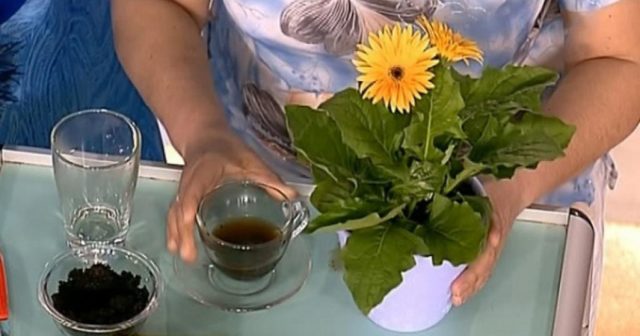

Some growers feed home flowers with tea leaves
Sugar feeding
Cane or beet sugar is a favorite of most plants, especially cacti. On the surface of the soil, before watering, sprinkle 1 teaspoon of sugar (on a pot with a diameter of 8-10 cm). You can also water the flower with a solution of 0.5 teaspoon of sugar in 200 ml of warm water.
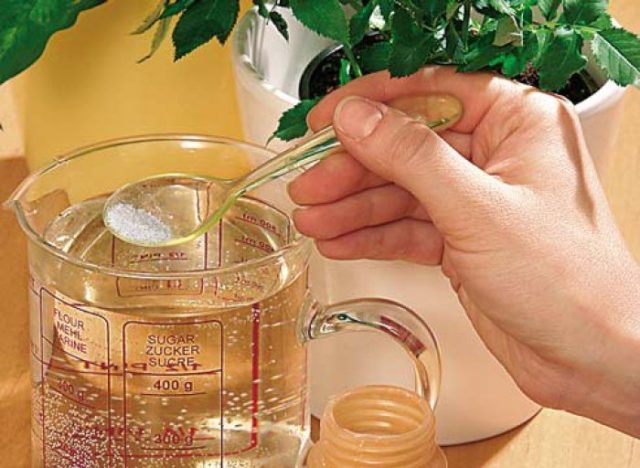

To feed indoor plants, sugar is used as a source of glucose, which provides energy for various processes in the plant.
What natural fertilizers for flowers can be used at home
Organic food is a healthy “food” that almost all houseplants love. If you periodically pour 1-2 tablespoons of humus into the pot, the looseness and permeability of the soil for air and moisture will increase, and the respiration of the roots will improve. Such dressings are good for geraniums, indoor roses, primroses, asparagus, lianas, palm trees. Some experienced flower growers fertilize with a daily infusion of 1 teaspoon of pigeon droppings in 1 liter of warm water.
- It must be remembered that organics are unfavorable for gerberas, bulbous and tuberous flowers. Plants with decorative, variegated leaves from such feeding can simply turn green, with the usual color of the leaves.
Indications for use
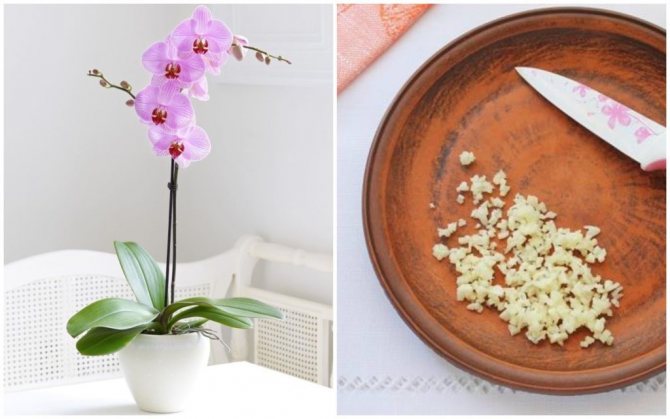

You can use top dressing in several forms, depending on the problem that you have to deal with. It doesn't take long to prepare each type:
- Garlic as a top dressing. If the plant refuses to bloom under the most favorable conditions, this means that the orchid lacks useful components. Using garlic for orchids as top dressing involves a course of watering with garlic water. With a break of 2-3 days for two weeks. Saturation of the soil is beneficial for the root system and for the entire plant as a whole.
- Garlic as a natural stimulant. When a flower is just transplanted to a new location, growth traditionally slows down.In such a situation, garlic water is suitable for watering every day, even several times a day. The flower comes to life before our eyes, the stems grow stronger, and the petals and buds acquire a new bright shade.
- Garlic as an insecticide and fungicide. As a means of fighting insects or fungal diseases, the whole orchid should be watered with garlic infusion: from the crown to the tips of the roots. For convenience, you can use a spray bottle. The composition disinfects the flower and roots, destroys microbes and saves the plant from further infection if the causative agents of some diseases have already entered the vegetative system. Indications for use: the flowers dry up, the leaves curl up, and aphids appear on the back of the leaves - small insects of a dark green or black color.
The infusion is useful even for the prevention of diseases in the flower. Harm from correct use is minimized.
Mulching
It is recommended to collect raw materials for mulching with onion scales in the fall. During this time, by the spring, you can collect the right amount of cleanings.
Plant raw materials must be dried by spreading them on fabrics or newspapers. Moisture should not get on it. From time to time, onion skins are turned over to protect them from decay.
In spring, the soil is enriched with it before digging up the beds. After a few days, you can plant seedlings or sow seeds. You can sprinkle the whole bed with husk mulch. Such a measure will help protect the crop from pests and keep them from diseases.
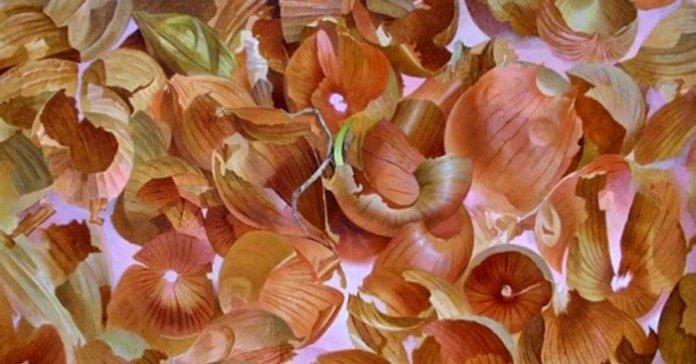

Top dressing of seedlings with onion skins
Onion peel contains many vitamins that are vital for the growth and development of young plants:
- carotene (vitamin A) helps the root system develop, due to which the seedlings are obtained with a thick leg, strong and hardy;
- nicotinic acid (PP) supports a young plant in poorly lit greenhouses or rooms;
- phytoncides, which the root crop and its shell are rich in, disinfect the soil, destroying fungal microorganisms;
- B vitamins strengthen plants by stimulating them to resist a drop in air temperature.
To grow seedlings strong and hardened, it is enough to spray the plants with infusion of onion peels twice a week, water the young shoots under the root.
- pour onion skins (glass) with 2 liters of boiling water;
- warm up the liquid in a water bath for 5-7 minutes;
- insist, wrapping the container with a warm rag, until it cools completely;
- strain the liquid thoroughly and spray the plants with it;
- water the seedlings with leftovers;
- it is useful to spread the used husk between the shoots - harmful insects will leave the nursery.
Advice
Including dry crushed husks in the planting composition (3 liters per square meter), irrigate the garden with ordinary water at room temperature. Using additional liquid top dressing based on onion peel for fruit plants can change their taste.
As a preventive measure against pests, scatter husks around the perimeter of the garden.
To preserve the freshness of the harvested crop and protect it from pests, molds or rot, sprinkle the harvested fruits with dried onion husks.
Garlic infusions for flowers
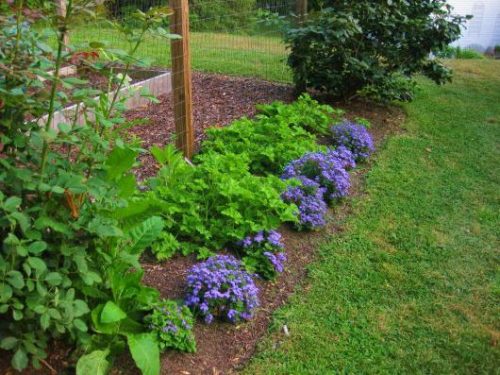

Garlic infusion from pests is also used for watering flowers that adorn the backyard. Gladioli protect against fusarium by planting 1 row of garlic between 2 rows of flowers, as well as watering and spraying with garlic infusion.
If it is not possible to protect the flowers by simply planting garlic, you can spray the plants with garlic infusion prepared from 300 g of chopped plant and 5 liters of water. The infusion, strained after 2 days of exposure, at the rate of 10 liters of water, 1 half-liter jar, is used for watering flowers. It is strictly forbidden to carry out watering and spraying in sunny hot weather.
There is another way how to insist on watering garlic flowers:
- Chopped 600 g of garlic, pour a bucket of hot water.
- Boil covered over low heat for 3 hours.
- Strain the broth, dilute it by half again with water.
- The finished broth should be infused for at least a day.
- Water the soil at the rate of 0.5 liters per 1 sq.
Infusion of onions, garlic is used for pests that destroy the plant not only from above, but also in the soil:
- 50 g of onion husks and 50 g of tobacco dust are boiled in 2.5 liters of water for 2 hours.
- The broth is infused for an hour and 50 g of ready-made garlic gruel are added.
- Dilute the finished composition in 5 liters of water.
- Plants already infected with other diseases are used from aphids. Flowers can be watered.
And a little about the secrets of the Author
Have you ever experienced unbearable joint pain? And you know firsthand what it is:
- inability to move easily and comfortably;
- discomfort when going up and down stairs;
- unpleasant crunching, clicking not on their own;
- pain during or after exercise;
- joint inflammation and swelling;
- unreasonable and sometimes unbearable aching pain in the joints.
Now answer the question: does this suit you? How can you endure such pain? And how much money have you already "poured" on ineffective treatment? That's right - it's time to end it! Do you agree? That is why we decided to publish an exclusive interview with Oleg Gazmanov, in which he revealed the secrets of getting rid of joint pain, arthritis and arthrosis.
Important rules
If you diagnosed a pet with a disease, or found a pest on it, you should immediately take the following:
- quarantine him, isolating him from other brethren in order to avoid infection;
- with a soft sponge and a solution of laundry soap, or a cotton pad moistened with calendula tincture, remove visible insects or plaque from the leaves;
- give the flower a warm shower, covering the soil in the pot with a bag if possible;
- do not expose the patient to the sun, place him in a warm and bright place;
- after carrying out leaf and root processing, fix the date in order to repeat the procedure after 7-10 days (all the recipes listed above can be applied systematically);
- keep in mind that pests do not like moisture, so spray the plant more often, and if there is a fungal infection, on the contrary, reduce the humidity in the room so as not to aggravate the situation;
- carry out preventive measures - root and foliar feeding with herbal infusions every 10 days (read above) to stimulate the plant's immunity;
- regularly examine the wards so as not to "miss" a relapse.
Now you know how to cure pets without chemistry. Proven methods and folk remedies for pests will help with this.
Why garlic is attractive for gardeners
Garlic, onions and a number of other plants contain phytoncides - antimicrobial substances that help prevent the appearance and spread of such dangerous plant pests as aphids and spider mites on foliage. In addition, the active esters of garlic and onion ward off other crop-damaging creatures.
- aphid;
- cabbage caterpillar;
- apple moth;
- snails;
- slime;
- thrips;
- peach glass bowl.
Garlic esters also help protect the plant from fungi and bacteria.
Infusion of garlic from pests is prepared in different concentrations for different types of pests. So aphids are capable of causing damage to fruit trees and shrubs, settling on their foliage, from which it draws juices, disrupting the viability of the plant. Various manipulations are carried out with solutions - they water the plants, process the foliage, and also use the infusion of garlic for spraying. It is especially important, using infusions of garlic from pests, not to harm the plant itself, therefore, you should adhere to the instructions and recipes.
Garlic infusion is prepared from all the constituents of this plant - leaves, arrows and even husks.To enhance the toxic effect on garden enemies, other active plant species are also added to the garlic infusion.
- You can protect plants not only by watering with infusion of garlic: If you plant garlic next to currant bushes, you can thus protect it from tick damage.
- Experienced gardeners, before planting strawberries, tomatoes or potatoes on the site a year before, plant garlic in this area.
- Rose bushes from powdery mildew will protect the garlic planted nearby.
- An infusion of garlic against field mice also helps. Planted in different parts of the garden or in the garden, it thus protects the plants from unwanted guests.
- Almost everything grows in the garden and garden that can be poured with garlic infusion. The most vulnerable and needy species include tomatoes, spinach, radishes, cabbage, cucumbers and others. So that vegetables and fruits do not lose their ecological purity, processing and watering with garlic infusion is what you need.
Watering plants with infusion of garlic is also necessary to strengthen their immunity. This property is also known in the use of the plant by people.
Despite the effectiveness of garlic characteristics for horticultural crops, processing indoor plants with garlic infusion is categorically contraindicated. It should also be taken into account that the garlic infusion for plants will lose its strength if it rains on the field of treatment.
Processing plants with garlic infusion is a process that requires accuracy and correct dosage. Here, as in the treatment of diseases in humans, the main thing is not to harm.
Husks for potatoes
To feed the potatoes, you need to mix a tightly filled glass of onion peels with three liters of boiling water. Insist for two days. Strain and add water in a 1: 2 ratio before use.
Watering under each bush is not very abundant, it is still fertilizer, not watering the soil. For fairly mature plants, a more concentrated solution can be prepared. Such feeding will give the vegetables vitality, prevent the development of putrefactive processes.
Similarly, you should water tomatoes, pumpkin and zucchini.
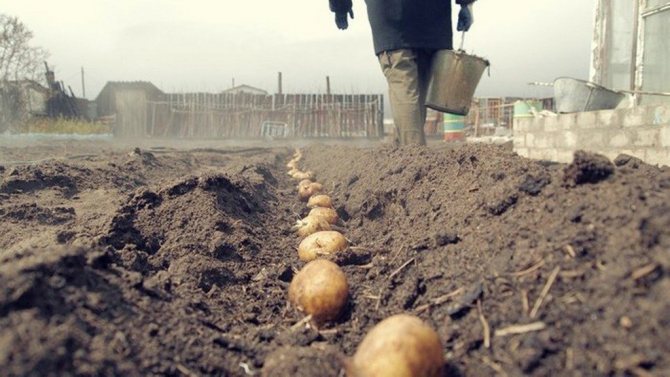

You can use onion peels to feed the potatoes.
What can be processed with organic infusion?
Since this is a natural component, it can be used everywhere:
- watering and sprinkling shrubs and trees in the garden;
- all vegetables are processed in the garden;
- fertilize flower beds;
- at home and on the balcony are used for potted plants.
By spraying fruit and berry crops and vegetables, they fight against insects that harm them. The husk effectively helps in protecting against such enemies of the garden and vegetable garden:
- Colorado potato beetle;
- tick;
- aphids;
- apple moth;
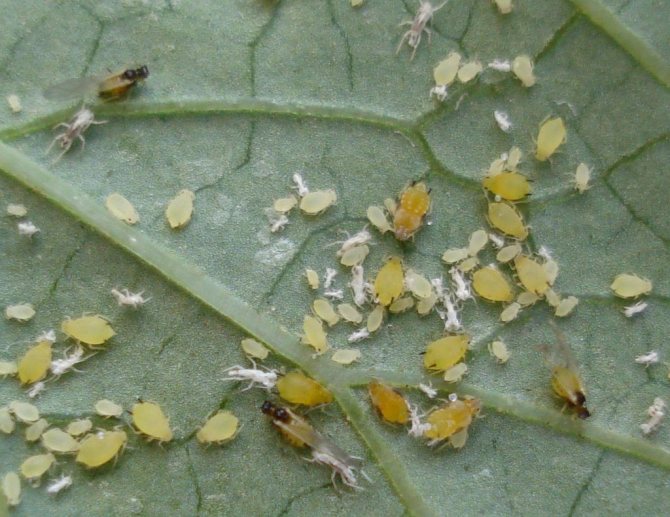

Onion peels fight aphids well
- cabbage;
- caterpillars;
- bear.
Do you use folk signs in gardening?
But the result is obtained not only by spraying the plants. Many summer residents successfully use watering the soil with a decoction of onion peel in the garden. This helps to enrich the soil with nutrients, and at the same time get rid of harmful insects in it.


